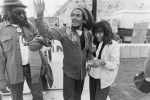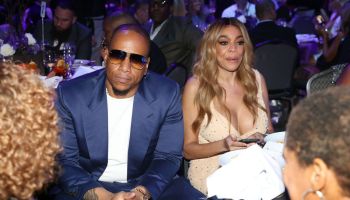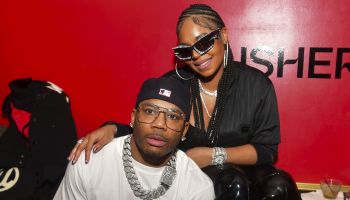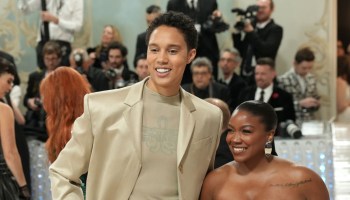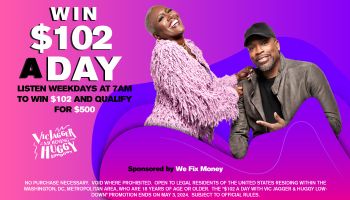VIA THE WASHINGTON POST:
Their names are part of the cultural vocabulary: Sarah Vaughan, Ella Fitzgerald, Sammy Davis Jr., Lionel Hampton, James Brown, Michael Jackson, Marvin Gaye, Redd Foxx, Duke Ellington, Diana Ross.
What they all have in common is the hot spotlight on the famed Apollo Theater stage. Though many of the artists are gone, the Apollo moments endure. And soon their songs, dance steps, dresses, suits, jokes and instruments will be gathered together in Washington to tell the story of the Apollo’s special place in American life.
The theater, a national landmark in New York’s historic Harlem neighborhood, stands as one of the 20th century’s best-known entertainment spots. For its two-year 75th anniversary celebrations, the National Museum of African American History and Culture and the current administrators of the Apollo have organized an extensive exhibition about the theater and the performers; a list of artifacts that will probably be displayed was released Thursday.
Throughout the 3,000-square-foot exhibit, set to open April 23 at the National Museum of American History, there will be glimpses of the Apollo mystique via listening stations and video clips.
Buck and Bubbles will tap. Lincoln Perry, the comedian known as Stepin Fetchit, will perform his “Richard’s Answer” routine. Bessie Smith will belt out “St. Louis Blues,” while Fats Waller will follow with “The Joint Is Jumpin’.” Dizzy Gillespie’s “Hot House” is on the bill, as is the Supremes’ “Back in My Arms Again.” Newer generations, meanwhile, will be represented by Chris Rock and OutKast.
“The Apollo, since its inception, has been the epicenter of African American culture” said Jonelle Procope, the president of the Apollo Theater Foundation. “What has been interesting is to take the journey in American history through the lens of what was going on at the Apollo.”
Built in 1914 on 125th Street in the heart of what would become a major black American boulevard, the theater actually started as a segregated burlesque hall before being bought in 1934 by Frank Schiffman and Leo Brecher. Converted into a palace for talent shows, its new owners insisted on integrated audiences. The theater itself is small, with only 1,500 seats, and this intimacy led to an unusual relationship between performer and audience. “The audience is a unique experience because they are cheering you on if you are really great and then they are letting you know if you are not on top of your game,” said Procope.



